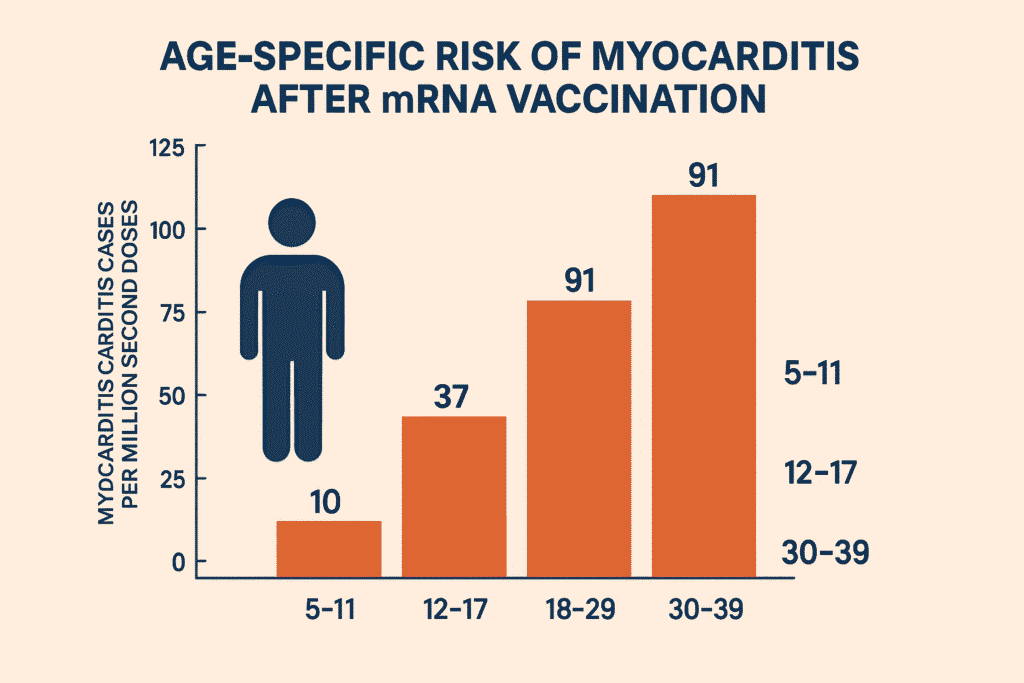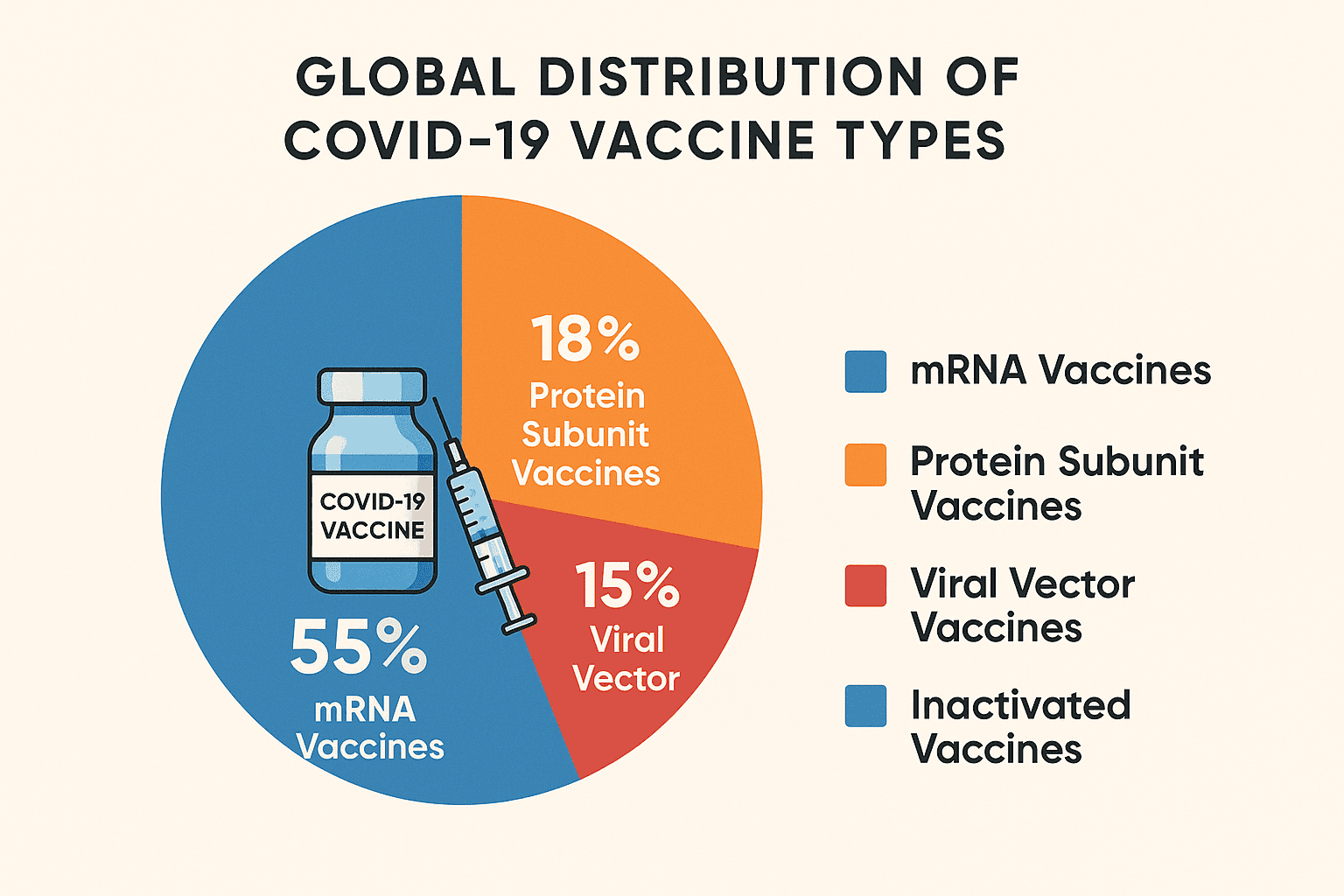COVID-19 Risks Still Remain in 2025
Hey there, fellow South Floridians! Let’s dive into the fascinating and sometimes confusing world of Covid-19 vaccines. As we navigate through 2025, it’s crucial to stay informed about how these vaccines are made, their current risks, and what can go wrong. So, grab your favorite iced coffee, and let’s explore this together!
<iframe width="640" height="480" src="https://www.youtube.com/embed/rR0StoDaNWY?si=TtzVS8pMVX8pc_1T" title="YouTube video player" frameborder="0" allow="accelerometer; autoplay; clipboard-write; encrypted-media; gyroscope; picture-in-picture; web-share" referrerpolicy="strict-origin-when-cross-origin" allowfullscreen></iframe>How Covid-19 Vaccines Are Made
The Science Behind the Shots
Covid-19 vaccines are like a complex recipe, and each type has its unique ingredients and cooking methods. Here are the main types we’ve got:
- mRNA Vaccines (Pfizer-BioNTech and Moderna): These vaccines are like a set of instructions that teach our cells to make a harmless piece of the “spike protein” found on the surface of the Covid-19 virus. Once our cells make this protein, our immune system learns to recognize and fight it.
- Viral Vector Vaccines (Johnson & Johnson and AstraZeneca): These use a modified version of a different virus (like a cold virus) to deliver instructions to our cells. The virus can’t cause disease, but it helps our immune system learn to fight Covid-19.
- Protein Subunit Vaccines (Novavax): These vaccines contain harmless pieces of the Covid-19 virus, specifically the spike protein. They help our immune system recognize and fight the virus without causing disease.
The Production Process
Making these vaccines is a multi-step process involving advanced biotechnology. Here’s a simplified breakdown:
- Design and Development: Scientists design the vaccine components, whether it’s mRNA, viral vectors, or protein subunits.
- Manufacturing: The designed components are produced in large quantities using specialized bioreactors and cell cultures.
- Purification: The vaccine components are purified to remove any contaminants and ensure safety.
- Formulation: The purified components are mixed with other ingredients, like stabilizers, to create the final vaccine product.
- Packaging and Distribution: The vaccines are packaged and distributed to healthcare providers, ensuring they remain at the correct temperature throughout the process.
Recent Risks Associated with Covid-19 Vaccines
Myocarditis and Pericarditis
One of the most discussed risks associated with Covid-19 vaccines, particularly mRNA vaccines, is myocarditis and pericarditis. These are inflammation of the heart muscle and the lining around the heart, respectively.
According to the Centers for Disease Control and Prevention (CDC), as of 2025, the risk of myocarditis and pericarditis after mRNA Covid-19 vaccination remains low. The CDC reports that these conditions are more common in males under 30 and typically occur within a few days after vaccination. Most cases are mild and resolve with rest and supportive care (CDC, 2025).
Blood Clots
Viral vector vaccines, like those from Johnson & Johnson and AstraZeneca, have been associated with a rare but serious risk of blood clots. This condition, known as thrombosis with thrombocytopenia syndrome (TTS), involves blood clots forming in unusual places, such as the brain or abdomen, along with low platelet counts.
The European Medicines Agency (EMA) reports that as of 2025, the risk of TTS after vaccination with viral vector vaccines remains very low. The EMA estimates that the risk is about 1 case per 100,000 vaccinated individuals (EMA, 2025).
What Can Go Wrong?
Allergic Reactions
Allergic reactions to Covid-19 vaccines can range from mild to severe. Symptoms may include hives, swelling, and in rare cases, anaphylaxis, which is a life-threatening reaction.
The CDC recommends that people with a history of severe allergic reactions discuss their risks with their healthcare provider before getting vaccinated. Vaccination sites are equipped to handle allergic reactions, and individuals are typically observed for 15-30 minutes after vaccination (CDC, 2025).
Vaccine Hesitancy and Misinformation
One of the biggest challenges we face in South Florida is vaccine hesitancy, often fueled by misinformation. It’s essential to stay informed and rely on trusted sources like the CDC, World Health Organization (WHO), and our local health departments.
For a deeper dive into the science behind Covid-19 vaccines, check out this informative video: Covid-19 Vaccine Explanation. It breaks down the complexities in an easy-to-understand format.
Graphics: Visualizing the Data
Graphic 1: Age-Specific Risk of Myocarditis after mRNA Vaccination

This graphic illustrates the age-specific risk of myocarditis after mRNA Covid-19 vaccination, highlighting that the risk is highest in males under 30.
Graphic 2: Global Distribution of Covid-19 Vaccine Types

This graphic shows the global distribution of different types of Covid-19 vaccines, providing a snapshot of which vaccines are most commonly used worldwide.
Staying Informed in South Florida
As residents of South Florida, we have access to a wealth of information and resources. Our local health departments and hospitals are great places to turn for updates and answers to our questions. Remember, staying informed is the best way to make decisions that keep you and your loved ones safe.
Conclusion
Covid-19 vaccines have been a game-changer in our fight against the pandemic. While they are generally safe and effective, it’s essential to be aware of the potential risks and stay informed about the latest developments. As we continue to navigate 2025, let’s keep supporting each other and relying on trusted sources for accurate information.
Stay safe, South Florida, and remember: knowledge is power!
References:
- CDC. (2025). Covid-19 Vaccines. Centers for Disease Control and Prevention.
- EMA. (2025). Covid-19 Vaccines: EMA’s Evaluations. European Medicines Agency.
- https://www.youtube.com/watch?v=rR0StoDaNWY